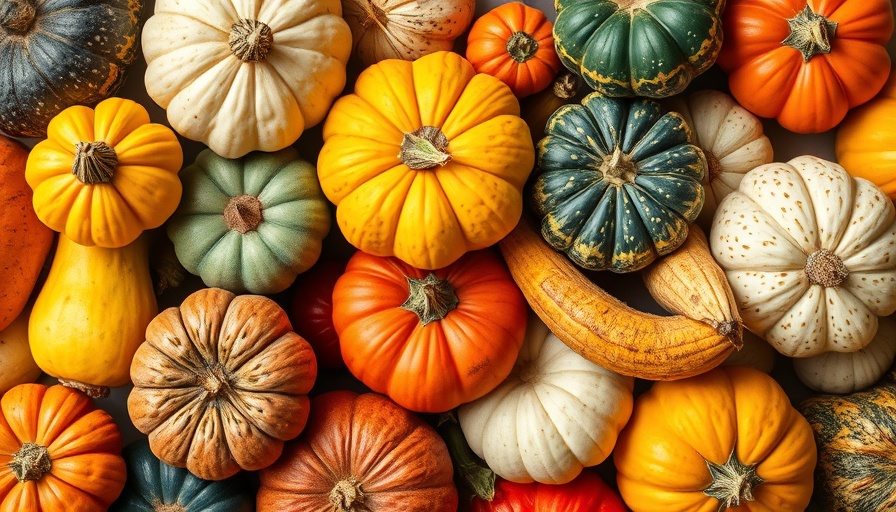
Understanding Winter Squash: A Comprehensive Guide
Winter squash is a staple in many gardens and kitchens due to its versatility and long storage capabilities. Unlike summer squash, which is harvested young and tender, winter squash is allowed to mature on the vine, resulting in a hard shell and sweet, dense flesh. This delayed gratification is a hallmark of gardening patience, making each harvest a rewarding culmination of effort.
Unveiling the 11 Most Delicious Winter Squash Varieties
When selecting the best winter squash for your garden, consider factors such as the size of your garden, your palate preferences, and days to maturity. Here are 11 of the standout varieties to consider for your next gardening project:
- Angel Hair: This hybrid spaghetti squash offers personal-sized fruits weighing 1.5 to 2 pounds. Known for its mild flavor, it can be enjoyed roasted and topped with goat cheese.
- Blue Hubbard: Teardrop-shaped with a pale blue-gray skin, this squash is perfect for pies and soups. It has a long shelf life and requires about 100 to 110 days to mature.
- Burgess Buttercup: With its rich, sweet flavor and distinctive shape, this cultivar can bring a unique touch to your kitchen.
- Cushaw Green Striped: This variety is known for its striped skin and sweet taste, ideal for baking and cooking.
- Futsu Black: A Japanese variety that features an earthy flavor, it’s perfect for adding depth to savory dishes.
- Honey Boat: A smaller variety with a sweet flavor, great for roasting or steaming.
- Honeynut: A smaller version of butternut squash, it’s sweet, smooth, and ideal for winter soups.
- Lakota: With its distinctive colors and taste, it often appears in traditional dishes.
- Red Kuri: Known for its sweet, nutty flavor, this bright red squash can liven up any dish.
- Sweet REBA: This apple-shaped squash yields sweet flesh perfect for pies.
- Uncle David’s Dakota Dessert: This variety is known for its excellent flavor and high yield.
Growing Tips for a Thriving Harvest
To maximize your winter squash yield, consider the following gardening tips:
- Soil Preparation: Invest in high-quality garden soil, rich in organic matter, to promote healthy plant growth.
- Spacing: Ensure you space the plants adequately to allow for airflow and avoid fungal diseases.
- Mulching: Use organic mulch to suppress weeds and retain soil moisture.
- Pest Management: Keep an eye out for common garden pests like squash bugs and cucumber beetles, implementing organic pest control methods as needed.
Harvesting and Storing Your Winter Squash
Understanding the right time to harvest your winter squash is crucial for achieving the best flavor and storage potential. Typically, you should harvest just before the frost hits and the skin becomes hard. After harvesting, cure your squash in a warm, dry location for a week or two for optimal storage.
Why Choosing the Right Varieties Matters
Opting for varieties that suit your growing conditions and cooking preferences can lead to a thriving, enjoyable garden experience. For example, a gardener in a cooler climate might prioritize hardier varieties like Blue Hubbard, while someone with a smaller garden might find success with personal-sized options like Angel Hair.
Exploring the Culinary Potential of Winter Squash
Winter squash is not just versatile but also packed with nutrients. It's rich in vitamins A and C, fiber, and antioxidants, making it a healthy addition to any meal. From soups and stews to roasted dishes, the culinary options are endless as you explore flavors and textures that enhance your winter meals.
In Conclusion: Making the Most of Your Harvest
Whether you're an experienced gardener or a beginner, incorporating winter squash into your planting repertoire can yield delicious results. Preparing well in advance for planting season, nurturing your plants, and exploring their culinary benefits can transform your garden experience and enrich your kitchen.
 Add Row
Add Row  Add
Add 




Write A Comment